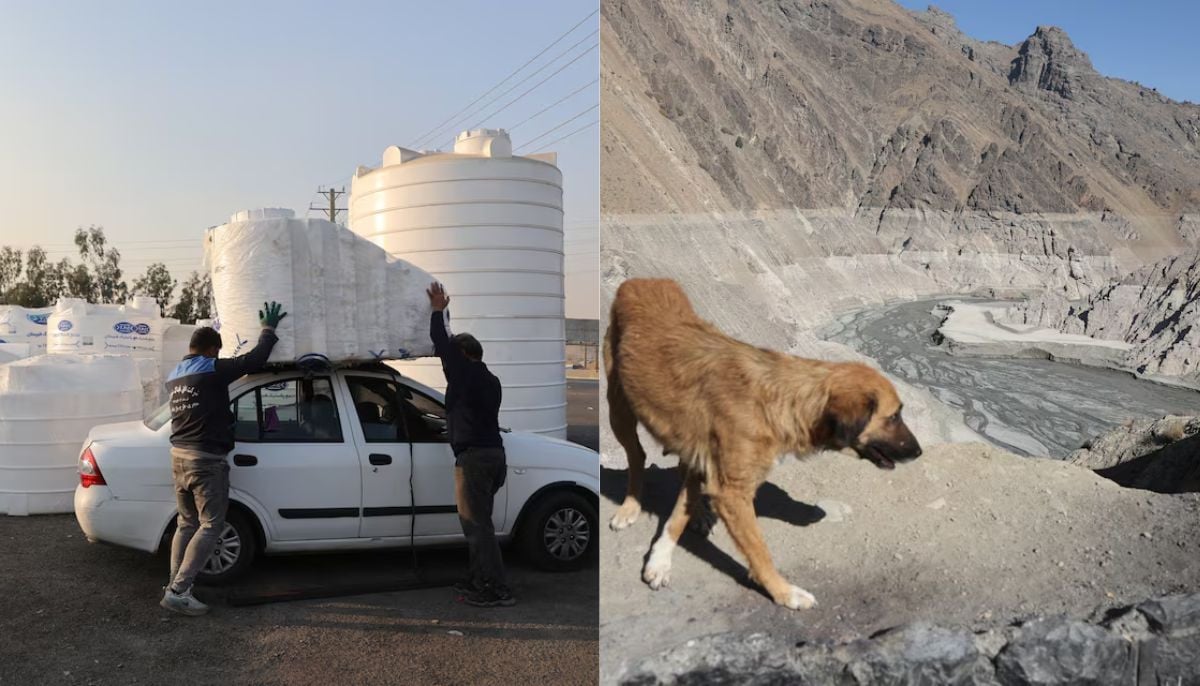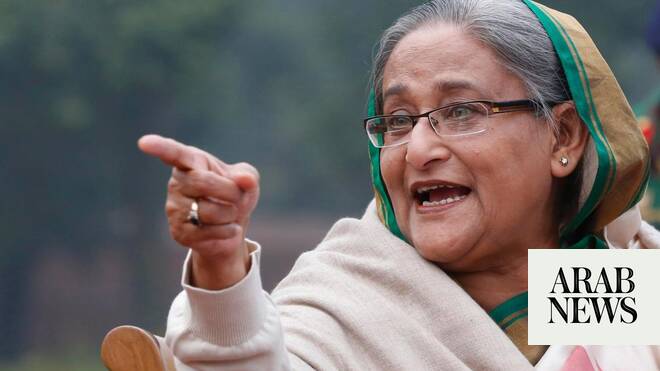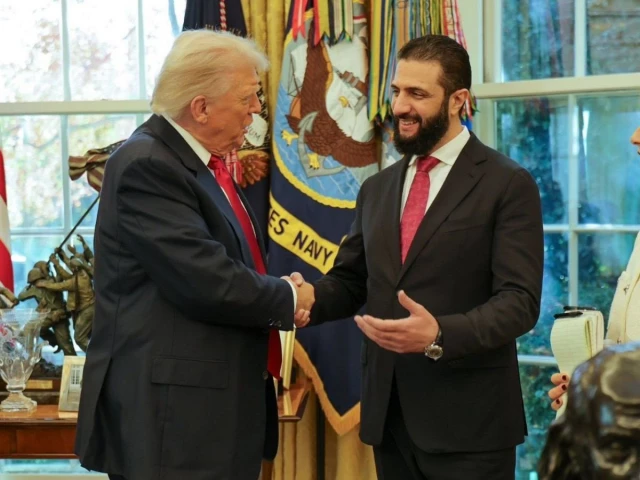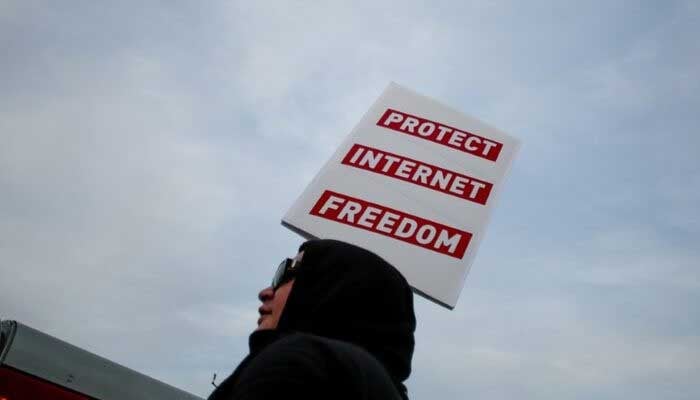Category: 2. World
-

15 provinces go dry, crisis deepens in Tehran
Iran’s capital Tehran, a city with 10 million residents, is facing the…
Continue Reading
-
India inaugurates new military airbase close to China border, source says – Reuters
- India inaugurates new military airbase close to China border, source says Reuters
- Nuclear Rivals India and China Upgrade Bases Facing Disputed Border Newsweek
- At 13,700 feet near China border, India’s highest airfield gets fully operational
Continue Reading
-

Yemeni kids learn without classrooms, textbooks
LAHJ (Yemen) (AFP) – Crammed under a tattered tent on rough wooden benches, Yemeni children are learning Arabic grammar – lucky to receive an education at all in a country hammered by years of war.
The…
Continue Reading
-
Li Qiang to Attend the 24th Meeting of the Council of Heads of Government of Member States of the SCO and the 20th G20 Summit and Pay an Official Visit to Zambia_Ministry of Foreign Affairs of the People’s Republic of China
Foreign Ministry Spokesperson announces:
At the invitation of Russian Prime Minister Mikhail Mishustin, Premier of the State Council Li Qiang will attend the 24th Meeting of the Council of Heads of Government of Member States of the Shanghai…
Continue Reading
-

Bangladesh verdict in ex-PM Hasina trial on November 17 – Arab News
- Bangladesh verdict in ex-PM Hasina trial on November 17 Arab News
- Dhaka on high alert following crude bomb, arson attacks Dawn
- Bangladesh on edge after series of bomb attacks and arson The Independent
- Special Bangladeshi tribunal to deliver…
Continue Reading
-

UN food agencies’ report warns of deepening hunger crisis in 16 global hotspots
– Advertisement –
UNITED NATIONS, Nov 13 (APP):Two UN agencies have warned of a major hunger emergency, with acute food insecurity set to worsen in 16 countries and territories between now and May 2026, putting millions of lives at risk.
A report…
Continue Reading
-

US contraceptive stockpile can no longer be used, says Belgium
Millions of dollars of birth-control supplies bought by the United States and held in Belgium en route to poorer countries can no longer be used, Belgian authorities have said.
The contraceptives were purchased by US aid agency USAID under…
Continue Reading
-

Internet freedom declines in US, Germany amid growing online restrictions
Anti-Trump demonstrators attend a protest to mark one year since the re-election of US President Donald Trump, in Washington, DC, US, November 5, 2025. — Reuters WASHINGTON: Internet freedom declined in both the…
Continue Reading
-

Trump’s awkward ‘how many wives?’ moment with Syrian president goes viral
Trump asks Syrian president about wives during White House meeting, sparking viral moment
During a historic meeting at the White House, President Donald…
Continue Reading
